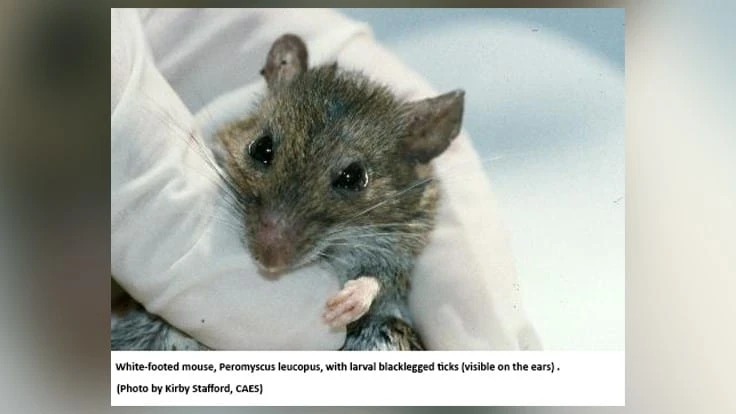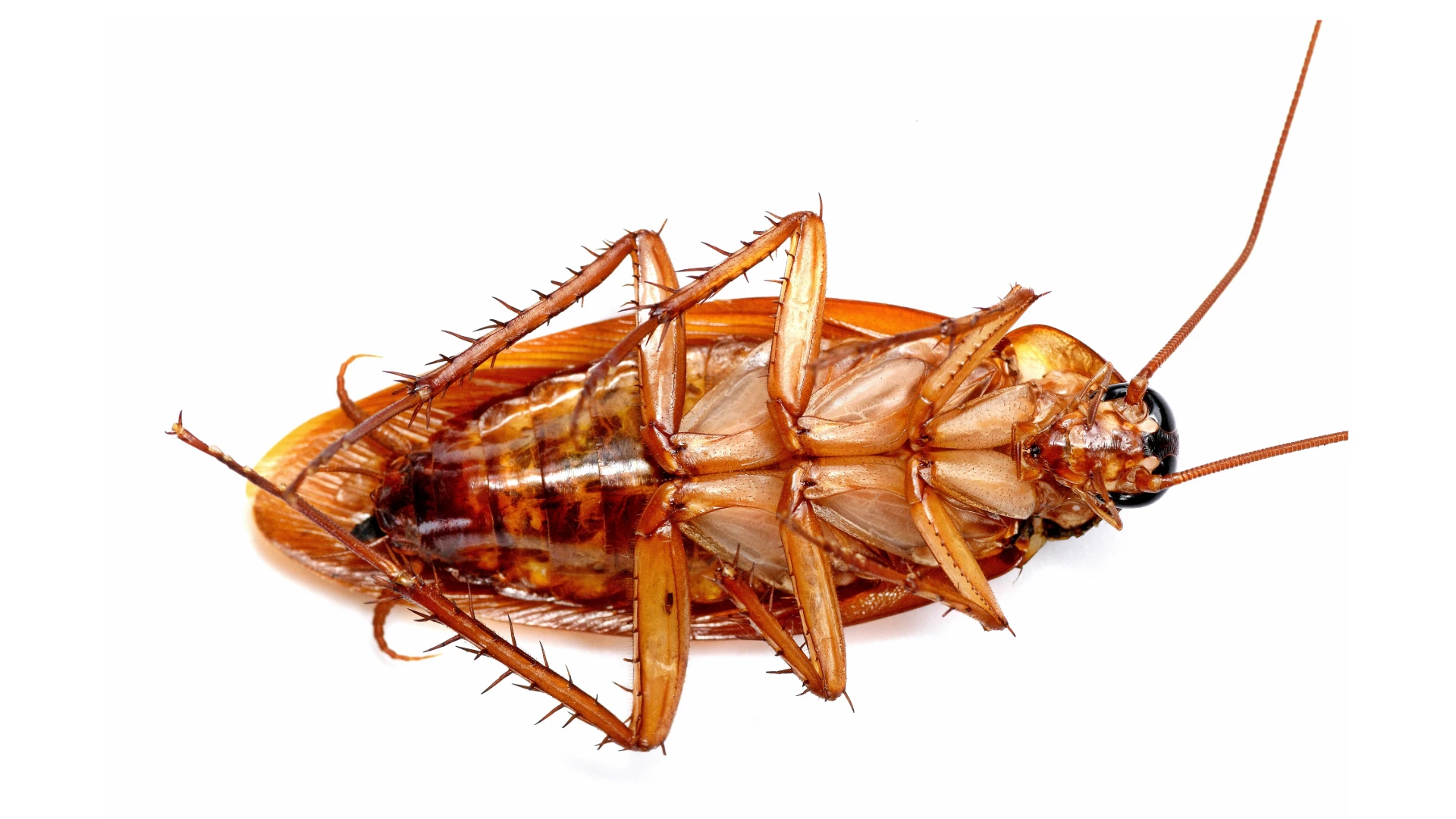
“Along with fewer infected mice, we observed a second effect also seen in previous laboratory-based studies,” notes Scott Williams, PhD, Agricultural Scientist at the CAES and a co-author of the study. “The vaccine causes the generation of antibodies in the mice. Previously infected ticks will ingest those antibodies when feeding on mice and be ‘cleared’ of infection. So, feeding ticks are a ‘xenodiagnostic marker’ of vaccine impact.” According to Williams, when non-infected mice consume vaccine-coated pellets, they are protected from infection with Borrelia burgdorferi. “Non-infected ticks, therefore, cannot pass the disease to other animals, including humans” he says.
The vaccine is currently undergoing the USDA regulatory process for commercial licensure. The research program was supported, in part, by U.S. Hatch Act funds, the Centers for Disease Control and Prevention (CK000182-03), and US Biologic.
Latest from Pest Control Technology
- Lloyd Pest Control Treats 'Kitchen Nightmare' Cockroach Infestation
- Beach Pest Service Opens New Office in Hampstead, N.C.
- NYC PCO Growing Business with Focus on Corporate Clients
- Massey Services Promotes Silver, Crespo to Director Roles
- Recurring Services Model, Wildlife Offerings Lead to Impressive Growth for Tailor Made
- Shelters: Difficult to Manage
- NPMA Announces Recipients of 2025 Impact Awards
- Fleetio Expands Geotab Integration with Shop Network Add-In





